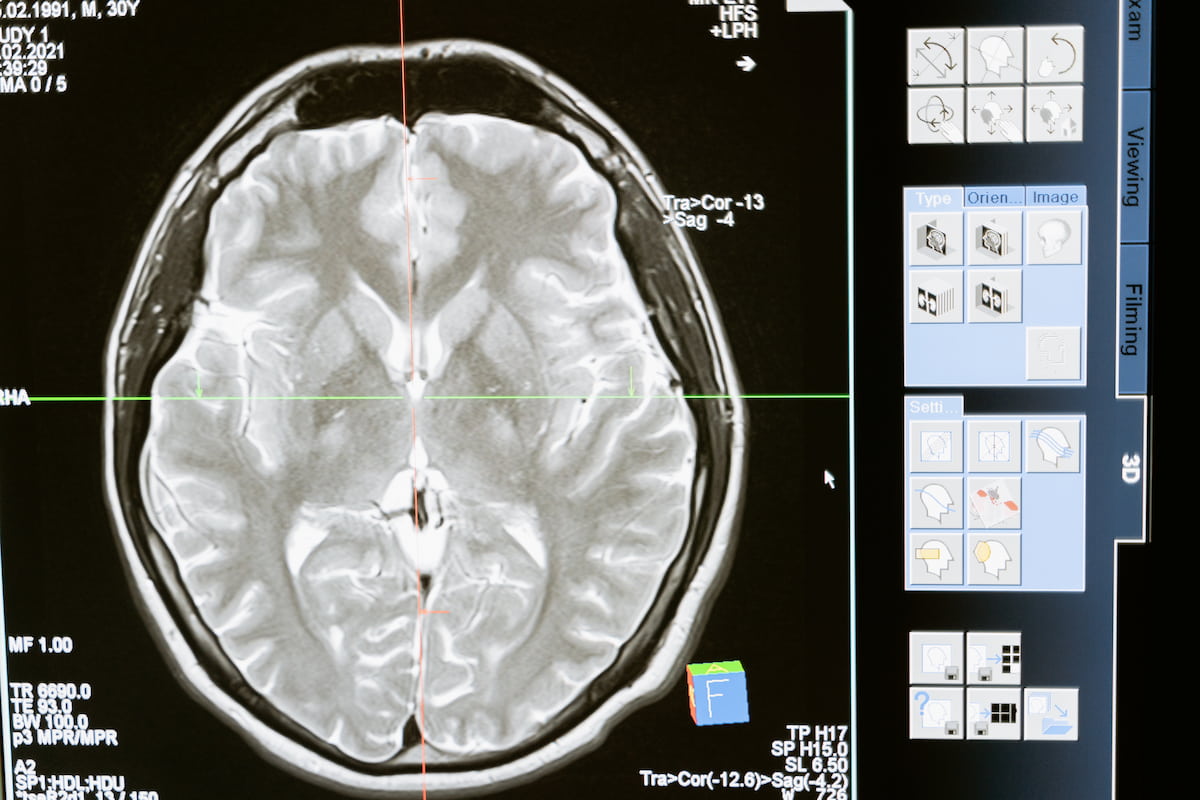In a groundbreaking discovery, scientists from Nationwide Children’s Hospital have uncovered a new way in which certain children with focal epilepsy may develop the condition. This research, published in Nature Genetics, provides fresh insights into the underlying causes of epilepsy, a condition that affects around 1 in every 26 people at some point in their lives.

Epilepsy is a mysterious disorder, with its origins often shrouded in complexity. While researchers have long sought to unravel the genetic mysteries behind epilepsy, a significant portion of cases remain unexplained. However, a recent study led by a team of experts at Nationwide Children’s Hospital is shedding light on this enigma.
Understanding Mosaicism
In most people, all the cells in their body contain the same genetic information. This genetic uniformity is what we typically expect. However, sometimes, individuals can have two or more genetically different sets of cells, a phenomenon known as mosaicism. Mosaicism usually occurs during fetal development, and it can lead to some cells having genetic changes that can cause diseases or disorders, including epilepsy.
The Quest for Answers
To get to the bottom of the mysterious link between mosaicism and epilepsy, neurologists, neurosurgeons, and genomics experts joined forces. They decided to investigate whether mosaicism in brain tissues resected during epilepsy surgery played a significant role in the development of epilepsy. And the results of their study have been nothing short of remarkable.
The Study’s Key Findings
The scientists conducted an extensive genetic examination utilizing brain tissue, blood, and buccal (epithelial) cells. Brain tissue samples were acquired from six young patients, aged between 2 and 7 months, who had undergone epilepsy surgery. This investigation unveiled that certain cells within the brain tissue, specifically astrocytes, contained additional copies of chromosome 1q when compared to typical tissue. Intriguingly, these surplus copies were absent in both blood and buccal cells.
The astrocytes carrying the extra 1q chromosomes showed distinct gene expression signatures and histopathologic differences. These differences provide strong evidence of a link between chromosome 1q gains and astrocytic inclusions in epilepsy. In practical terms, when specific histopathological signs, such as hyaline astrocytic inclusions, are observed in neurosurgical cases of focal epilepsy, it may suggest the presence of chromosome 1q gain.
A Surprising Discovery
The research took an unexpected turn when the scientists found that the genetic alteration (chromosome 1q gains) was inherited in some of the patients, even though it was only found in a mosaic pattern within the brain tissue. This revelation led them to discover a novel mechanism for brain mosaicism. It was determined that, in five out of the six patients, the extra chromosome copies were maternally derived. In other words, they resulted from a meiotic division error during the formation of the egg. The study showed that this meiotic error was corrected by cell repair mechanisms during embryonic or fetal development in most tissues, such as blood and buccal cells. However, this correction did not occur in all brain cells.
Significance and Implications
The significance of this discovery is two-fold. Firstly, it links a known genetic cause (1q gains) to a specific pathology found in epilepsy patients, advancing our understanding of the condition. Secondly, it opens the door to new mechanisms of how genetic issues in the brain might differ from the rest of the body. This finding has the potential to revolutionize the way genetic causes of epilepsy are studied and understood.
Additionally, recognizing the meiotic origin of mosaicism is crucial for genetic counseling and understanding the risk of recurrence. When chromosome gains are present in additional tissues, patients may face an increased risk of cancers. Moreover, this discovery has implications for mothers’ future pregnancies, which might also be affected.
This groundbreaking research conducted at Nationwide Children’s Hospital has unveiled a new understanding of brain mosaicism in children with focal epilepsy. It not only provides critical insights into the origins of this complex condition but also holds the promise of improving future treatments and genetic counseling. As we continue to uncover the mysteries of epilepsy, it becomes clear that there’s still much to learn and discover, with the hope of making life better for those affected by this disorder.
Read more on our website!


